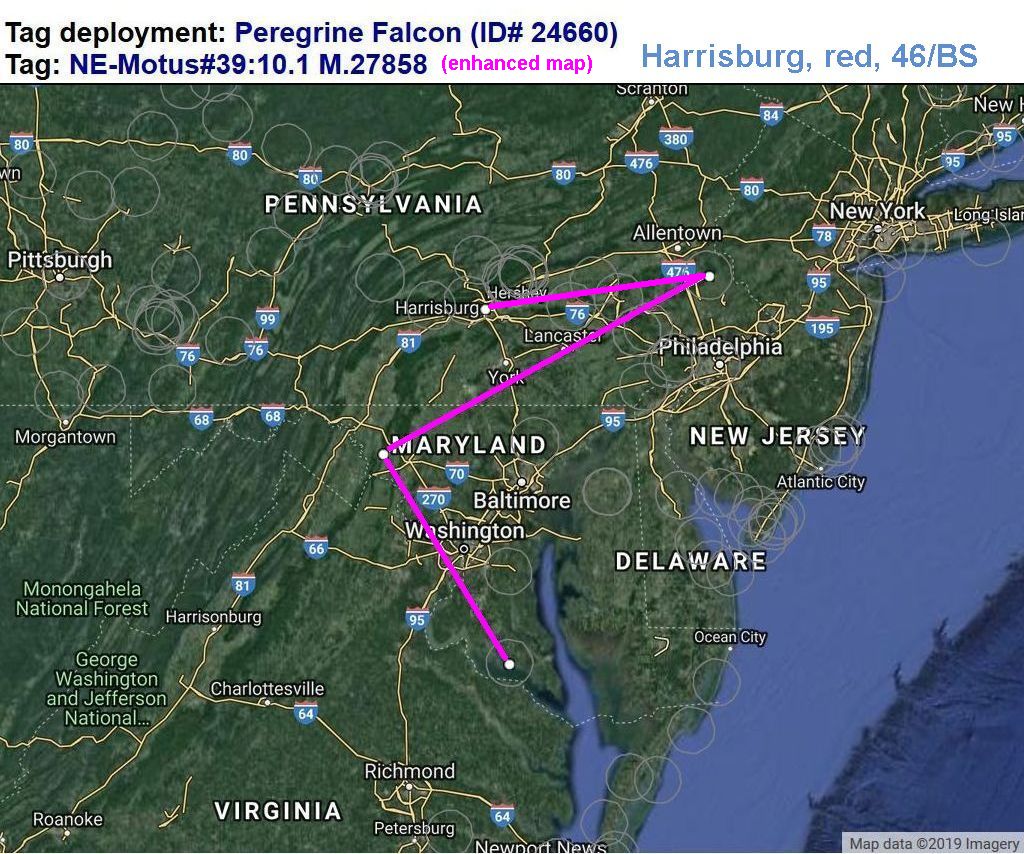Last month I wrote about the damage that bad space weather can do to satellites, the electric grid, radio and TV transmissions, and GPS navigation. Though space weather can kill a satellite(*) bad weather is temporary. Not so with space junk.
Since 1957 when the Space Age began, our unused equipment has created a garbage patch in outer space. Over the years we’ve launched 5,000+ satellites though only 1,300 are operational today. There’s a lot of junk up there that’s out of control (can’t be navigated anymore) and potentially explosive.

Even if it can’t explode, space junk is dangerous to active satellites because it travels so fast. In Low Earth Orbit, where the International Space Station lives, everything travels at 17,500 miles per hour (28,000 km/hour). A crash at that speed, even with a tiny object, can destroy a satellite. When a satellite dies something electronic fails here on Earth.
Meanwhile we’re launching more satellites every year at a faster pace than before. At the end of 2018 it had taken a decade to launch 1,000 CubeSat nano-satellites, only four-inches across, but there are plans to add 1,000 more by 2021. Outer space is so crowded that NASA and the European Space Agency (ESA) work every day to steer satellites away from dangerous space debris.
The 2016 video above describes space junk and how we’ve coped with it so far. Note that it doesn’t talk about CubeSats because the video predates those plans.
ESA’s 2017 video below describes the problem in technical terms with dramatic background music. I’ve cued the video to start at Low Earth Orbit. Watch for two minutes (beyond the first fade-to-black) and you’ll see lots of collisions.
Yow! It’s crowded up there.
(videos from PBS It’s OK To Be Smart and the European Space Agency (ESA) on YouTube)
(*) Space weather killed Telstar 401 in 1997.



















